di p. Gianfranco Lunardon
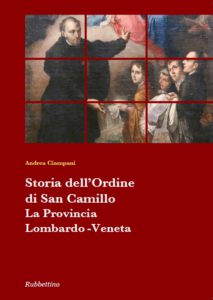 After organising the direction – together with a group of scholars and researchers – of the methodology, research and writing of a systematic exploration of the foundation, development and interpretation offered by individual Provinces over time of the Camillian charism, Andrea Ciampani now provides us – as his own personal work – with the last piece of a complex and variegated polyptych on the oldest Camillian Provinces: Storia dell’Ordine di San Camillo. La Provincia Lombardo Veneta (‘A History of the Order of St. Camillus. The Province of Lombardy and Veneto’).
After organising the direction – together with a group of scholars and researchers – of the methodology, research and writing of a systematic exploration of the foundation, development and interpretation offered by individual Provinces over time of the Camillian charism, Andrea Ciampani now provides us – as his own personal work – with the last piece of a complex and variegated polyptych on the oldest Camillian Provinces: Storia dell’Ordine di San Camillo. La Provincia Lombardo Veneta (‘A History of the Order of St. Camillus. The Province of Lombardy and Veneto’).
In his apostolic letter addressed to all consecrated people on the occasion of the Year of Consecrated Life (28 November 2014), Pope Francis invites us to attend to our history and our memory, cultivating a profound sense of gratitude: ‘During this Year, it would be appropriate for each charismatic family to reflect on its origins and history…Recounting our history is essential for preserving our identity, for strengthening our unity as a family and our common sense of belonging. More than an exercise in archaeology or the cultivation of mere nostalgia, it calls for following in the footsteps of past generations in order to grasp the high ideals, and the vision and values which inspired them, beginning with the founders and foundresses and the first communities. In this way we come to see how the charism has been lived over the years, the creativity it has sparked, the difficulties it encountered and the concrete ways those difficulties were surmounted. We may also encounter cases of inconsistency, the result of human weakness and even at times a neglect of some essential aspects of the charism. Yet everything proves instructive and, taken as a whole, acts as a summons to conversion. To tell our story is to praise God and to thank him for all his gifts’.
In his Bull of Indiction of the Holy Year of Mercy (Misericordiae Vultus, n. 15), on the other hand, he invites us to reflect in a completely special way ‘on the corporal and spiritual works of mercy. It will be a way to reawaken our conscience, too often grown dull in the face of poverty. And let us enter more deeply into the heart of the Gospel where the poor have a special experience of God’s mercy. Jesus introduces us to these works of mercy in his preaching so that we can know whether or not we are living as his disciples. Let us rediscover these corporal works of mercy: to feed the hungry, give drink to the thirsty, clothe the naked, welcome the stranger, heal the sick, visit the imprisoned, and bury the dead…(Mt 25:31-45)…[Christ’s] flesh becomes visible in the flesh of the tortured, the crushed, the scourged, the malnourished, and the exiled…to be acknowledged, touched, and cared for by us’.
In this solid context of ecclesial life, namely the Year of Consecrated Life and the Jubilee of Mercy, going over the genesis of the Province of Lombardy and Veneto (the outpost for the reconstitution of the Order after the dissolution of the years of Napoleon); the impetuses and the tensions of the beginnings and their inevitable immersion in modern contemporary realities ad intra and ad extra (tensions in Italy before its unification, the location of the identity of the Province in the new ‘patria’, the event of the Great War and the ideological positioning of the Province in the larger Fascist Italy); the clashes and the mediations at the level of approach between the centre and the outlying parts of the Order (the honourable compromise between Provincial planning and national leadership to achieve a Province that nationalises the Order and an Order that directs the Province); and looking at the emotional and character traits – as well as the intellectual, spiritual and impassioned stature – of farsighted statesmen such as Fr. Cesare Camillo Bresciani, Fr. Luigi Artini or Fr. Stanislao Carcereri; of eminent men of the Church such as Cardinal Luigi Canossa and Monsignor Daniele Comboni; and of Superior Generals or Provincial Superiors such as Fr. Camillo Guardi, Fr. Francesco Vido, Fr. Germano Tomelleri or Fr. Giuseppe Sommavilla, constitute a further reason for understanding how the continuity of an insight that was truly before its time developed down the centuries: the charism of the mercy of God towards sick people.
The restrictions imposed by human, character, community and social limitations (in Christian terms we define these as sins) at times have darkened this objective…but when reading these pages one fact always emerges strongly: the original charism always wins and always opens new pages!
In my view – and I am not an expert on res historica! – the added value of this study by Andrea Ciampani is his attempt to achieve a wider fusion of horizons, to which we religious are not very accustomed, being often persuaded, as we are, that the providential hand of God anyway guides our history, albeit at times separately from the great and immanent history of man.
The historical research of this book has not been pursued exclusively as a succession of facts, typical of a chronicle, but rather as a description of the mutual influences of the Province of Lombardy and Veneto and the world in which it arose and grew, highlighting the prior seeds of the charismatic, evangelising and missionary dynamism that marked it out, above all during the second part of the twentieth century.
We know that history is greater than the facts and in this sense the charismatic experience of mercy emerges as a hermeneutic key of the facts themselves. Within events, at moments of loss as well which the honesty of this historian does not conceal, an attempt has been made to rediscover constantly the constituent dimensions of the Province itself: its spiritual and charismatic profile; the involvement at the level of community life and obedience in the institution; and the contemporaneous paying of attention to the spiritual and the corporal, in order to achieve a profound faithfulness that has gone beyond personal mentalities and formal schemata, experienced at times, in all sincerity, with suffering, but which brought its fruits, assuring the presence of the Lord.
The covers themselves (including that of this work) chosen for the volumes that have been published express the focal centre of the inspiration, charism, spirituality and practice of the Camillians: St. Camillus, who through his strong embrace – heart, soul, look, hand – of frail man, directs us towards the transcendent nature of this service rendered to the ‘poorest of the poor’.



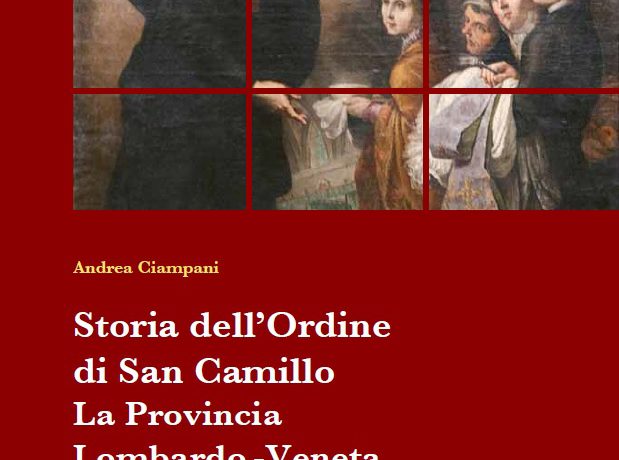
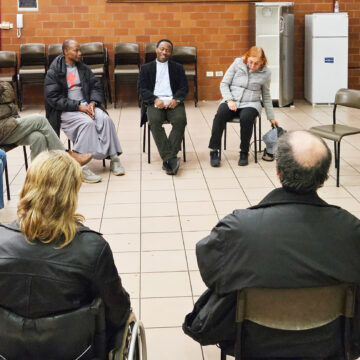
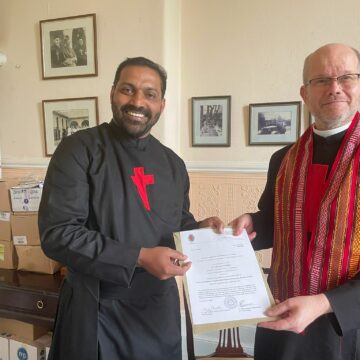

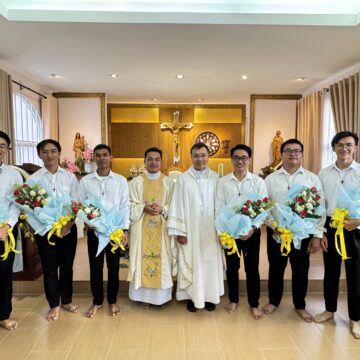
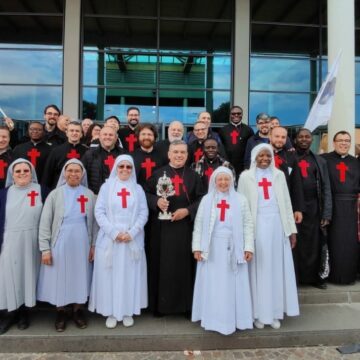
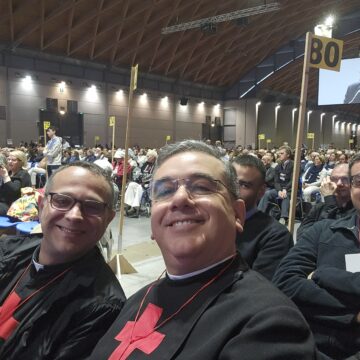

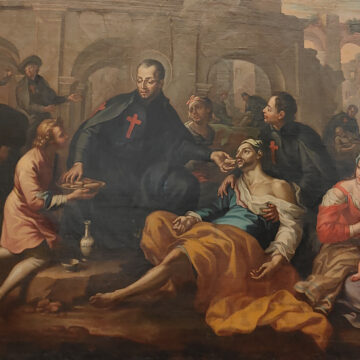




Camillians on Facebook
Camillians on Twitter
Camillians on Instagram